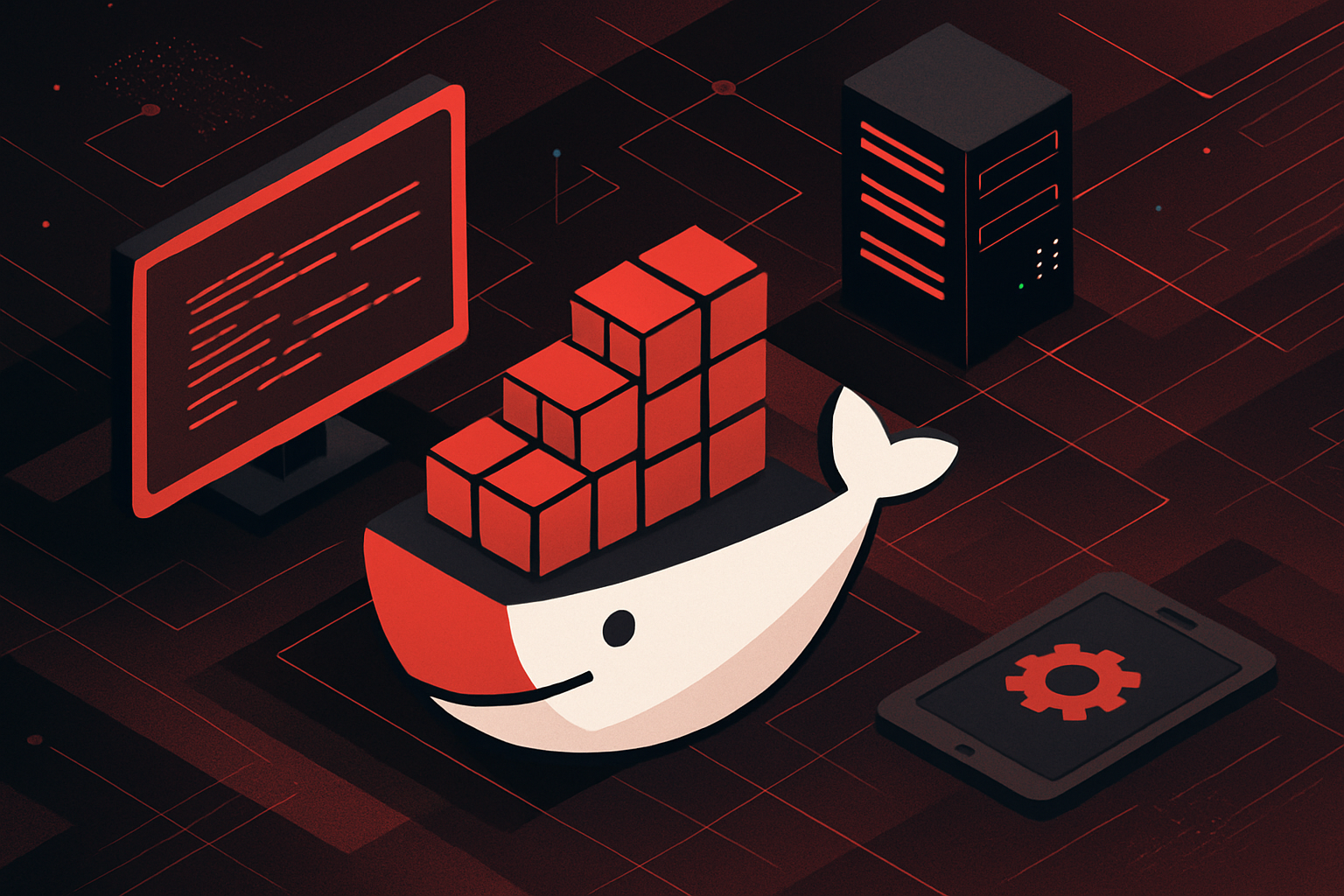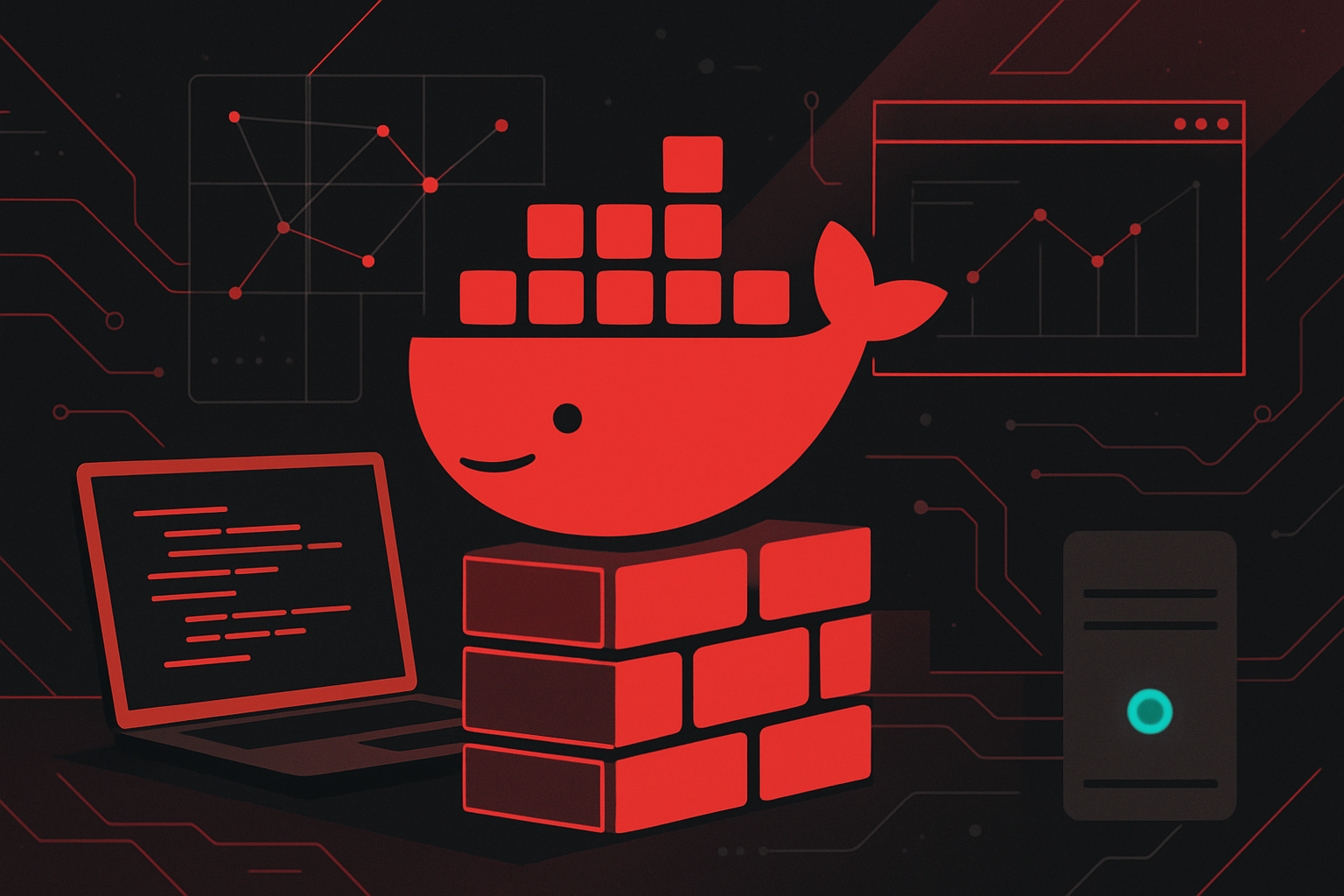Kubernetes: The Backbone of Modern Cloud

Kubernetes: The Backbone of Modern Cloud
Understanding Kubernetes Architecture
Kubernetes is an open-source container orchestration platform that automates deployment, scaling, and management of containerized applications. Its architecture is modular and highly extensible, making it suitable for cloud-native workloads.
Core Components:
| Component | Description |
|---|---|
| Master Node | Controls and manages the Kubernetes cluster. |
| Worker Node | Runs containerized applications. |
| API Server | Serves the Kubernetes API, the entry point for commands. |
| etcd | Distributed key-value store for cluster data and configuration. |
| Scheduler | Assigns workloads (pods) to worker nodes based on resources and policies. |
| Controller | Ensures the desired state of cluster resources is maintained. |
| Kubelet | Agent on each worker node; manages containers and reports status. |
| Kube Proxy | Maintains network rules for pod communication and service discovery. |
Deploying Applications: Practical Steps
Kubernetes uses declarative configuration files (YAML/JSON) to manage applications. Here is a step-by-step example of deploying a simple NGINX application.
Step 1: Create a Deployment
apiVersion: apps/v1
kind: Deployment
metadata:
name: nginx-deployment
spec:
replicas: 3
selector:
matchLabels:
app: nginx
template:
metadata:
labels:
app: nginx
spec:
containers:
- name: nginx
image: nginx:1.21
ports:
- containerPort: 80
Apply the deployment:
kubectl apply -f nginx-deployment.yaml
Step 2: Expose the Deployment as a Service
apiVersion: v1
kind: Service
metadata:
name: nginx-service
spec:
type: LoadBalancer
selector:
app: nginx
ports:
- protocol: TCP
port: 80
targetPort: 80
Apply the service:
kubectl apply -f nginx-service.yaml
Step 3: Verify
kubectl get deployments
kubectl get pods
kubectl get services
Key Kubernetes Features and Use Cases
| Feature | Benefit | Example Use Case |
|---|---|---|
| Self-Healing | Auto-replaces failed containers | High-availability web services |
| Horizontal Scaling | Auto-scales pods based on metrics | E-commerce traffic spikes |
| Service Discovery | Built-in DNS for services | Microservices communication |
| Rolling Updates | Zero-downtime upgrades | Continuous deployment |
| Resource Management | Limits and quotas for efficient usage | Multi-tenant clusters |
| Secret & Config Mgmt | Securely stores sensitive data | API keys, database credentials |
| Persistent Storage | Integrates with cloud storage providers | Stateful applications (databases) |
Networking in Kubernetes
Kubernetes networking is built on a flat, cluster-wide IP address space. Each pod receives a unique IP, and services provide stable endpoints.
Typical Networking Model:
- Pod-to-Pod Communication: Allowed across nodes without NAT.
- Service Abstraction: Routes traffic to healthy pods, load-balances requests.
- Ingress Resource: Manages external access, typically HTTP(S) routes.
Sample Ingress Configuration:
apiVersion: networking.k8s.io/v1
kind: Ingress
metadata:
name: example-ingress
spec:
rules:
- host: myapp.example.com
http:
paths:
- path: /
pathType: Prefix
backend:
service:
name: nginx-service
port:
number: 80
Monitoring and Logging
Monitoring and logging are critical for production Kubernetes clusters.
| Tool | Purpose | Example Stack |
|---|---|---|
| Prometheus | Metrics collection | Prometheus + Grafana for dashboards |
| Fluentd/Logstash | Log aggregation | EFK (Elasticsearch, Fluentd, Kibana) stack |
| Jaeger/Zipkin | Distributed tracing | Tracing microservices for performance tuning |
Install Prometheus monitoring:
kubectl apply -f https://github.com/prometheus-operator/prometheus-operator/blob/main/bundle.yaml
Security Best Practices
Security is integral to Kubernetes operations.
- Role-Based Access Control (RBAC):
- Define fine-grained permissions for users and service accounts.
-
Example RBAC role:
yaml
apiVersion: rbac.authorization.k8s.io/v1
kind: Role
metadata:
namespace: default
name: pod-reader
rules:
- apiGroups: [""]
resources: ["pods"]
verbs: ["get", "list"] -
Network Policies:
- Restrict traffic between pods.
-
Example:
yaml
apiVersion: networking.k8s.io/v1
kind: NetworkPolicy
metadata:
name: allow-nginx
namespace: default
spec:
podSelector:
matchLabels:
app: nginx
ingress:
- from:
- podSelector:
matchLabels:
access: "true" -
Secrets Management:
- Store sensitive data encrypted at rest.
-
Example:
yaml
apiVersion: v1
kind: Secret
metadata:
name: db-password
type: Opaque
data:
password: cGFzc3dvcmQ=
Comparing Kubernetes with Alternatives
| Feature | Kubernetes | Docker Swarm | Nomad |
|---|---|---|---|
| Orchestration | Advanced | Basic | Advanced |
| Community | Large | Medium | Medium |
| Ecosystem | Extensive | Limited | Moderate |
| Cloud Support | Broad | Moderate | Moderate |
| Stateful Support | Native | Limited | Native |
| Networking | Pluggable | Simpler | Pluggable |
| Learning Curve | Steep | Easy | Moderate |
Kubernetes in Multi-Cloud and Hybrid Cloud
Kubernetes abstracts infrastructure differences, enabling consistent deployment across public cloud providers (AWS, Azure, GCP) and on-premises data centers.
Key Practices:
- Use infrastructure-as-code tools (Terraform, Pulumi) to provision clusters.
- Implement CI/CD pipelines (Argo CD, Flux) for GitOps-driven deployments.
- Leverage federation or multi-cluster management tools (Rancher, Anthos) for unified control.
Managing Stateful Applications
Kubernetes supports stateful workloads via persistent volumes (PVs) and StatefulSets.
Example: Deploying a StatefulSet with Persistent Storage
apiVersion: apps/v1
kind: StatefulSet
metadata:
name: mysql
spec:
serviceName: "mysql"
replicas: 1
selector:
matchLabels:
app: mysql
template:
metadata:
labels:
app: mysql
spec:
containers:
- name: mysql
image: mysql:8.0
env:
- name: MYSQL_ROOT_PASSWORD
valueFrom:
secretKeyRef:
name: mysql-pass
key: password
volumeMounts:
- name: mysql-persistent-storage
mountPath: /var/lib/mysql
volumeClaimTemplates:
- metadata:
name: mysql-persistent-storage
spec:
accessModes: [ "ReadWriteOnce" ]
resources:
requests:
storage: 20Gi
Autoscaling Applications
Kubernetes can automatically scale applications based on resource usage.
Horizontal Pod Autoscaler Example:
apiVersion: autoscaling/v2
kind: HorizontalPodAutoscaler
metadata:
name: nginx-autoscaler
spec:
scaleTargetRef:
apiVersion: apps/v1
kind: Deployment
name: nginx-deployment
minReplicas: 2
maxReplicas: 10
metrics:
- type: Resource
resource:
name: cpu
target:
type: Utilization
averageUtilization: 50
Apply the autoscaler:
kubectl apply -f nginx-autoscaler.yaml
Essential kubectl Commands
| Command | Description |
|---|---|
| kubectl get pods | List all pods |
| kubectl describe pod |
Show pod details |
| kubectl logs |
View logs of a pod |
| kubectl scale deployment |
Scale deployment to n replicas |
| kubectl rollout status deployment/ |
Check deployment rollout status |
| kubectl exec -it |
Access a pod shell |
| kubectl apply -f |
Apply a YAML configuration |
| kubectl delete -f |
Delete resources from YAML |
Common Pitfalls and How to Avoid Them
| Pitfall | Solution |
|---|---|
| Not specifying resource requests/limits | Always define cpu/memory requests and limits |
| Neglecting RBAC | Set up roles and bindings for least privilege |
| Ignoring health/readiness probes | Use liveness and readiness probes in deployments |
| Hardcoding sensitive data | Use Kubernetes Secrets and ConfigMaps |
| Manual scaling | Implement autoscaling policies |
| Poor logging/monitoring | Integrate centralized monitoring and logging tools |
| Overusing default namespace | Organize workloads into namespaces |





0 thoughts on “Kubernetes: The Backbone of Modern Cloud”